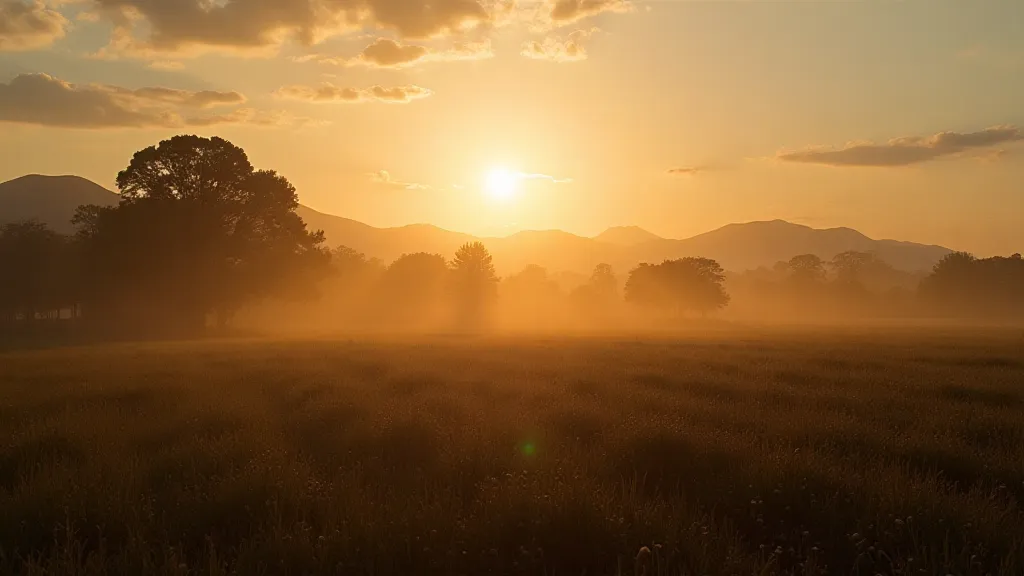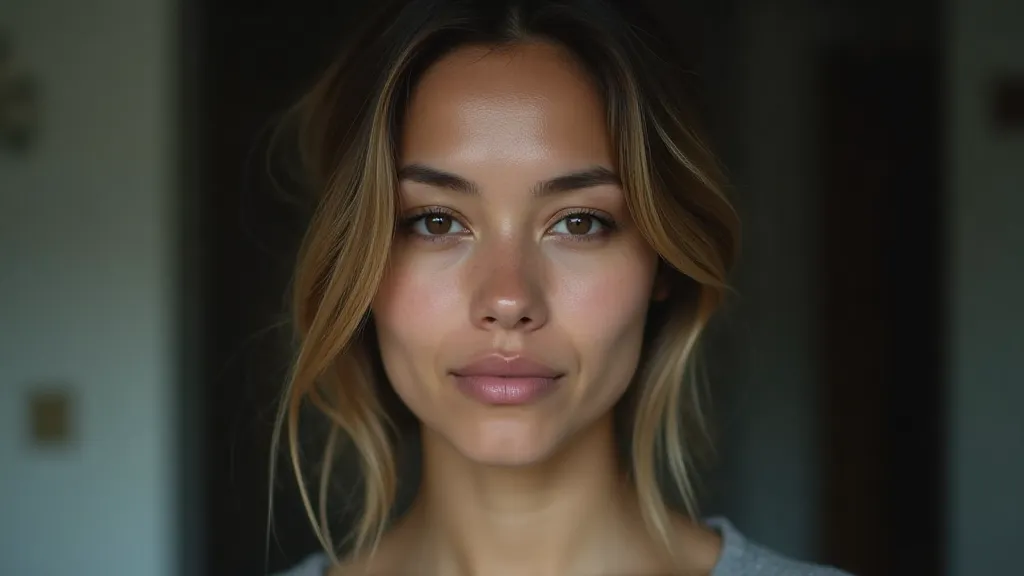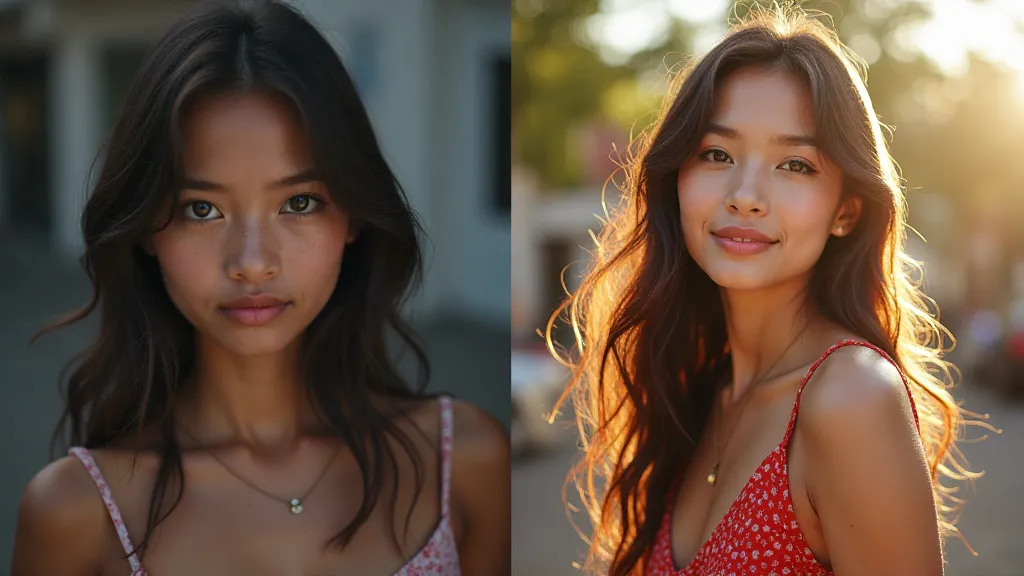Introduction to Photo Editing: A Beginner's Workflow
Want to take your photography from good to great? Photo editing is a crucial step in the process, and it doesn't have to be intimidating! This tutorial will guide you through a simple editing workflow perfect for beginner photographers. We'll focus on fundamental adjustments you can master quickly, transforming your photos into something truly special.
Why Edit Your Photos?
While capturing a technically perfect image is ideal, it's often unrealistic. Editing allows you to correct imperfections, enhance colors, and generally improve the overall feel of your photos. It's a creative process that can help you develop your unique style. Understanding how to frame a shot is just as important; a well-composed photograph often needs less editing. You might find that learning more about composition, like using symmetry and patterns, can dramatically improve your initial results.
What You'll Need
You don't need expensive software to start! Here are a few options:
Free Options: GIMP, Darktable, RawTherapee – powerful and free alternatives to paid software.
Paid Options: Adobe Lightroom, Adobe Photoshop, Capture One – industry-standard tools with extensive features (often subscription-based).
For this tutorial, we'll assume you’re using a basic editing software that allows for adjustments like brightness, contrast, highlights, shadows, and color correction. Before you even start editing, it’s important to understand the core elements of photography: aperture, shutter speed, and ISO. Mastering these principles will significantly reduce the need for extensive post-processing later on. For example, understanding aperture and its impact on depth of field can prevent blurry or poorly focused images.
The Basic Editing Workflow
Import & Organize: Start by importing your photos into your chosen editing software. Organize them into folders based on events or themes.
Initial Assessment: Open your first photo and take a moment to assess it. What are its strengths? What could be improved?
Exposure Adjustments: Often, the first adjustment needed is exposure.
 Adjusting brightness is a good starting point. Then, experiment with contrast to see if it brings out more detail. Achieving the right exposure often depends on the available light. Learning to work with natural light photography can drastically improve the starting point of your images.
Highlight & Shadow Recovery: Sometimes, highlights can be blown out (completely white), and shadows can be crushed (completely black). Most editing software allows you to selectively recover detail in these areas. Drag the highlight slider down to bring back detail in bright areas, and the shadow slider up to reveal details in dark areas.
Color Correction: Color can significantly impact the mood of a photograph.
Adjusting brightness is a good starting point. Then, experiment with contrast to see if it brings out more detail. Achieving the right exposure often depends on the available light. Learning to work with natural light photography can drastically improve the starting point of your images.
Highlight & Shadow Recovery: Sometimes, highlights can be blown out (completely white), and shadows can be crushed (completely black). Most editing software allows you to selectively recover detail in these areas. Drag the highlight slider down to bring back detail in bright areas, and the shadow slider up to reveal details in dark areas.
Color Correction: Color can significantly impact the mood of a photograph.
 Start with the white balance. If your photo looks too blue or too yellow, adjust the white balance to correct the color cast. Then, you can subtly adjust the saturation (intensity of colors) and vibrance (a more nuanced way to increase color intensity). The way you choose to utilize color greatly impacts the emotional response a viewer has to your photograph.
Sharpening: A touch of sharpening can enhance the details in your photo. Be careful not to over-sharpen, as this can create an unnatural look.
Noise Reduction: If you shot in low light, your photo might have noise (grain). Noise reduction can help to smooth out this grain. However, excessive noise reduction can make your photo look soft and unnatural. Understanding how shutter speed impacts the amount of light entering the sensor will reduce the need for extensive noise reduction. A faster shutter speed often results in cleaner images, especially in challenging lighting conditions.
Final Review: Zoom in and carefully examine your photo. Are there any areas that still need tweaking? Compare the edited version with the original to see how much you're improving.
Tips for Beginners
Start Small: Don't try to do too much at once. Make small, incremental adjustments and see how they affect the overall image.
Experiment: There are no hard and fast rules in photo editing. Experiment with different settings to see what works best for your style.
Study Examples: Look at photos you admire and try to analyze how they might have been edited.
Don’t Be Afraid to Undo: If you make a mistake, don't be afraid to undo your changes.
Practice, Practice, Practice: The more you edit, the better you'll become.
Beyond the Basics
Once you're comfortable with these basic adjustments, you can explore more advanced techniques like selective color adjustments, dodging and burning, and using layers. But for now, focus on mastering the fundamentals! The interplay between shutter speed and aperture is a complex and fascinating topic that opens up a world of creative possibilities. Understanding this core principle is crucial to achieving your desired photographic results. You can’t always control the light, but knowing how to use your camera’s settings to compensate for challenging conditions is a hallmark of a skilled photographer.
Start with the white balance. If your photo looks too blue or too yellow, adjust the white balance to correct the color cast. Then, you can subtly adjust the saturation (intensity of colors) and vibrance (a more nuanced way to increase color intensity). The way you choose to utilize color greatly impacts the emotional response a viewer has to your photograph.
Sharpening: A touch of sharpening can enhance the details in your photo. Be careful not to over-sharpen, as this can create an unnatural look.
Noise Reduction: If you shot in low light, your photo might have noise (grain). Noise reduction can help to smooth out this grain. However, excessive noise reduction can make your photo look soft and unnatural. Understanding how shutter speed impacts the amount of light entering the sensor will reduce the need for extensive noise reduction. A faster shutter speed often results in cleaner images, especially in challenging lighting conditions.
Final Review: Zoom in and carefully examine your photo. Are there any areas that still need tweaking? Compare the edited version with the original to see how much you're improving.
Tips for Beginners
Start Small: Don't try to do too much at once. Make small, incremental adjustments and see how they affect the overall image.
Experiment: There are no hard and fast rules in photo editing. Experiment with different settings to see what works best for your style.
Study Examples: Look at photos you admire and try to analyze how they might have been edited.
Don’t Be Afraid to Undo: If you make a mistake, don't be afraid to undo your changes.
Practice, Practice, Practice: The more you edit, the better you'll become.
Beyond the Basics
Once you're comfortable with these basic adjustments, you can explore more advanced techniques like selective color adjustments, dodging and burning, and using layers. But for now, focus on mastering the fundamentals! The interplay between shutter speed and aperture is a complex and fascinating topic that opens up a world of creative possibilities. Understanding this core principle is crucial to achieving your desired photographic results. You can’t always control the light, but knowing how to use your camera’s settings to compensate for challenging conditions is a hallmark of a skilled photographer.
 Photo editing is a skill that takes time and practice to develop. Don't get discouraged if your first attempts aren't perfect. Just keep experimenting, learning, and having fun! Remember that photography is ultimately about capturing moments and expressing your creativity. Editing is just a tool to enhance that vision.
Photo editing is a skill that takes time and practice to develop. Don't get discouraged if your first attempts aren't perfect. Just keep experimenting, learning, and having fun! Remember that photography is ultimately about capturing moments and expressing your creativity. Editing is just a tool to enhance that vision.
 Adjusting brightness is a good starting point. Then, experiment with contrast to see if it brings out more detail. Achieving the right exposure often depends on the available light. Learning to work with natural light photography can drastically improve the starting point of your images.
Adjusting brightness is a good starting point. Then, experiment with contrast to see if it brings out more detail. Achieving the right exposure often depends on the available light. Learning to work with natural light photography can drastically improve the starting point of your images.
 Start with the white balance. If your photo looks too blue or too yellow, adjust the white balance to correct the color cast. Then, you can subtly adjust the saturation (intensity of colors) and vibrance (a more nuanced way to increase color intensity). The way you choose to utilize color greatly impacts the emotional response a viewer has to your photograph.
Start with the white balance. If your photo looks too blue or too yellow, adjust the white balance to correct the color cast. Then, you can subtly adjust the saturation (intensity of colors) and vibrance (a more nuanced way to increase color intensity). The way you choose to utilize color greatly impacts the emotional response a viewer has to your photograph.






